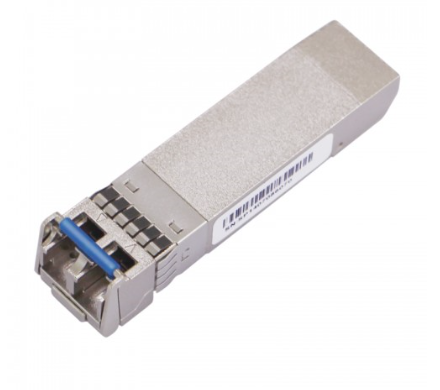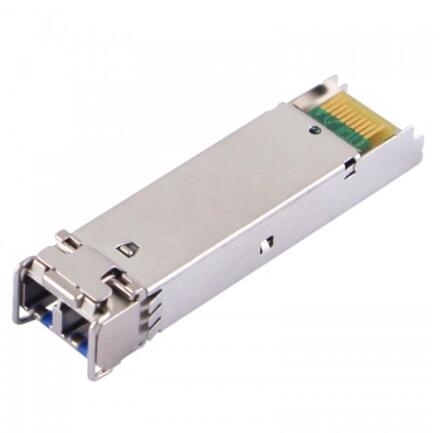- Related articles
- Optical Transceivers for Cisco WS-C3650-48PD-E Switch
- Optical Transceivers for Cisco WS-C3650-48TS-S Switch
- What is LX and EX in Transceiver?
- Optical Transceivers for Cisco IE-4000-8T4G-E Switch
- All Cisco SFP-10G-LRM’s Information (Overview, Features, Datasheet PDF, Price, Specificati
- Optical Transceivers for Cisco ME-3600X-24TS-M= Switch
- Used in 40GBASE-XSR4 Standard Optical Transceiver Models
- What is a transceiver module?
- All Cisco MA-SFP-10GB-SR's information (List price, Specs, Datasheet PDF, Compatibility ma
- All Cisco XFP-10G-MM-SR's information (List price, Specs, Datasheet PDF, Compatibility mat

Definition:
The enhanced small form-factor pluggable (SFP+) is an enhanced version of the SFP that supports data rates up to 16 Gbit/s. The SFP+ specification was first published on May 9, 2006, and version 4.1 published on July 6, 2009. SFP+ supports 8 Gbit/s Fibre Channel, 10 Gigabit Ethernet and Optical Transport Network standard OTU2. It is a popular industry format supported by many network component vendors. 10 Gbit/s SFP+ modules are exactly the same dimensions as regular SFPs, allowing the equipment manufacturer to re-use existing physical designs for 24 and 48-port switches and modular linecards.
A gigabit interface converter (GBIC) is a standard for transceivers, commonly used with Gigabit Ethernet and fibre channel in the 2000s.[citation needed] By offering a standard, hot swappable electrical interface, one gigabit port can support a wide range of physical media, from copper to long-wave single-mode optical fiber, at lengths of hundreds of kilometers.
Difference between SFP and GBIC:
In order to interconnect a fiber optic medium into a motherboard, you need to have a connector like the GBIC or SFP. “GBIC” stands for “Gigabit Interface Converter” and was quite popular in the 1990s. It served as a standard way of connecting to different media like copper and fiber optic cables. In contrast, “SFP” stands for “Small Form-Factor Pluggable,” which also serves the very same purpose as GBIC. The main difference between GBIC and SFP is their size. SFP is considerably smaller than GBIC.
The difference in size is very desirable for many people, especially for those who deal with lots of them, because it will take up a lot less space. Considering that space in a server location is quite limited, using SFP lets you put more within one rack unit than if you used GBIC. Because of this single difference, SFP rapidly gained popularity with administrators who want to maximize their space. As SFP became more popular, GBIC also fell out of favor. Nowadays, GBIC is considered to be obsolete, and you would be hard pressed to find vendors that still carry equipment that is compatible with GBIC. SFP is still widely being used nowadays but is also under pressure from newer standards like SFP+.
Conclusion:
SFP+ has a more compact form factor package than X2 and XFP. It can connect with the same type of XFP, X2 and XENPAK directly. The cost of SFP+ is lower than XFP, X2 and XENPAK. SFP+ modules can be described as 'limiting' or 'linear' types; this describes the functionality of the inbuilt electronics. Limiting SFP+ modules include a signal amplifier to re-shape the (degraded) received signal whereas linear ones do not. Linear modules are mainly used with the low bandwidth standards such as 10GBASE-LRM; otherwise, limiting modules are preferred. SFP+ also introduces Direct Attach for connecting two SFP+ ports without dedicated transceivers.
GBIC is the "GigaBit Interface Connector", and it is a little device that knows how to translate SX, LX, LH, etc., and or other types of gigabit signals (such as over copper), into a common format. GBIC connectors plug into slots in switches/routers, and are thus ways of changing the interface capabilities of the switches/routers without having to get new boards or replacing the switches/routers. They are, in a sense, media convertors.







































































